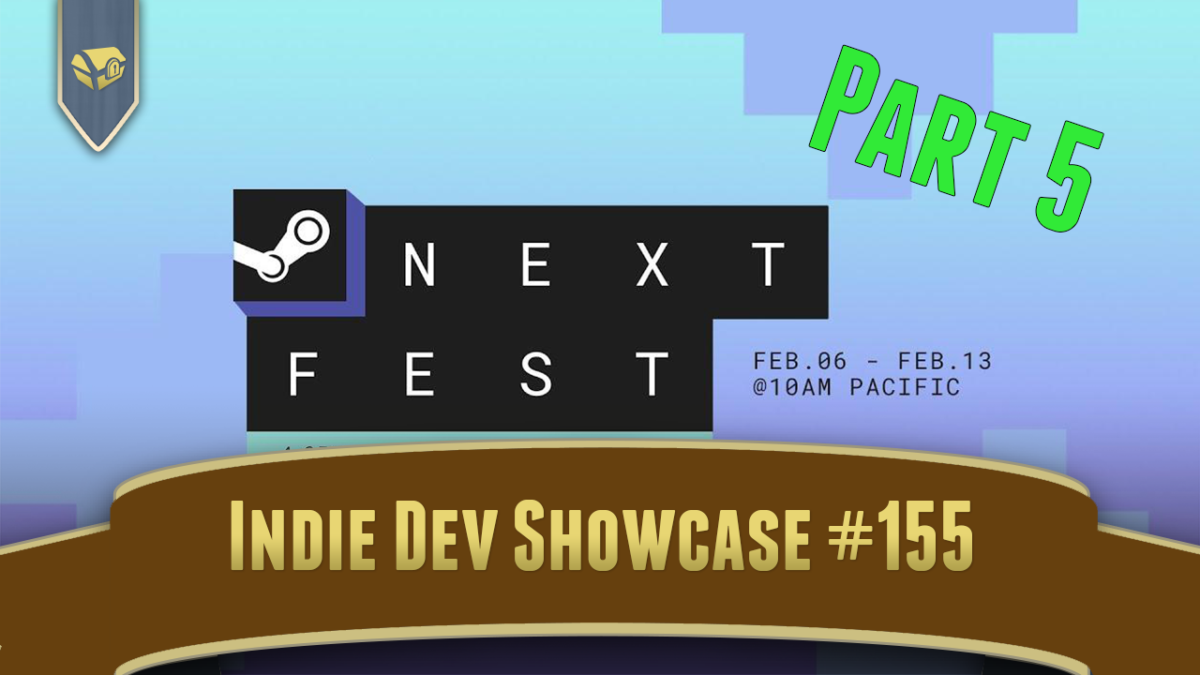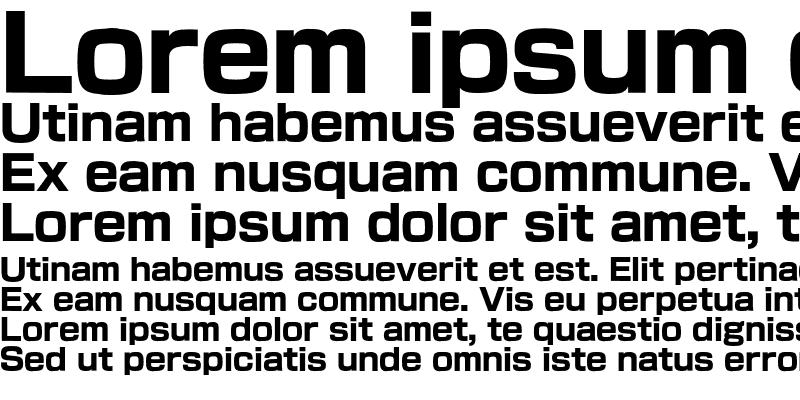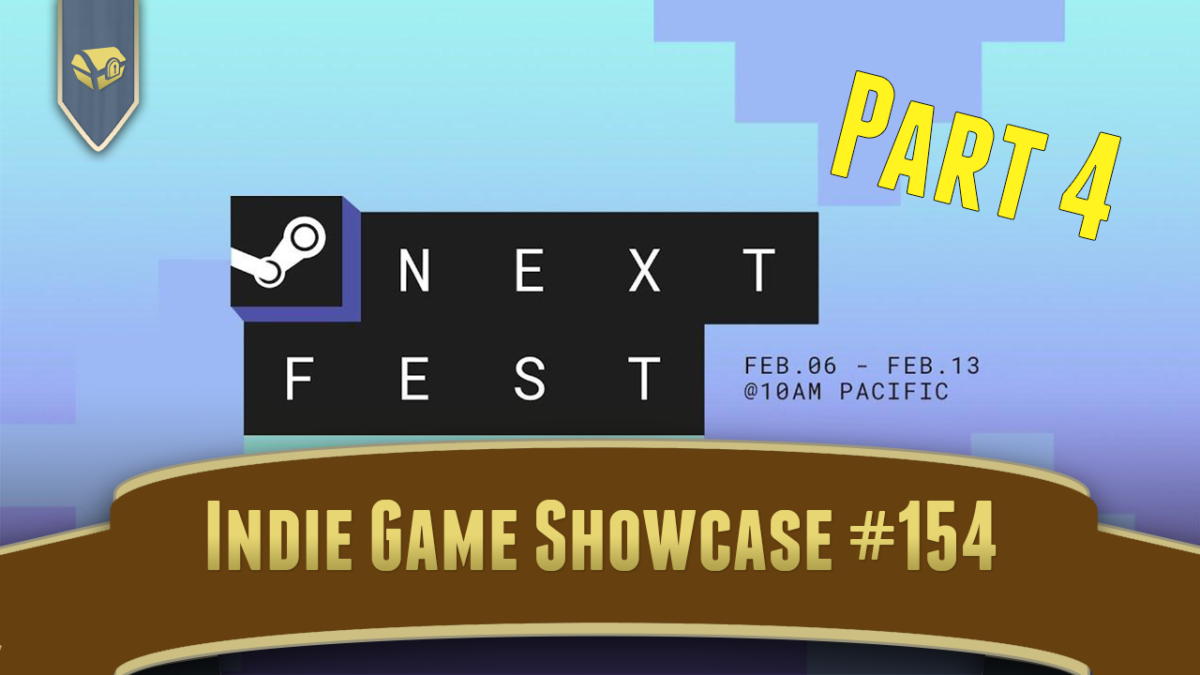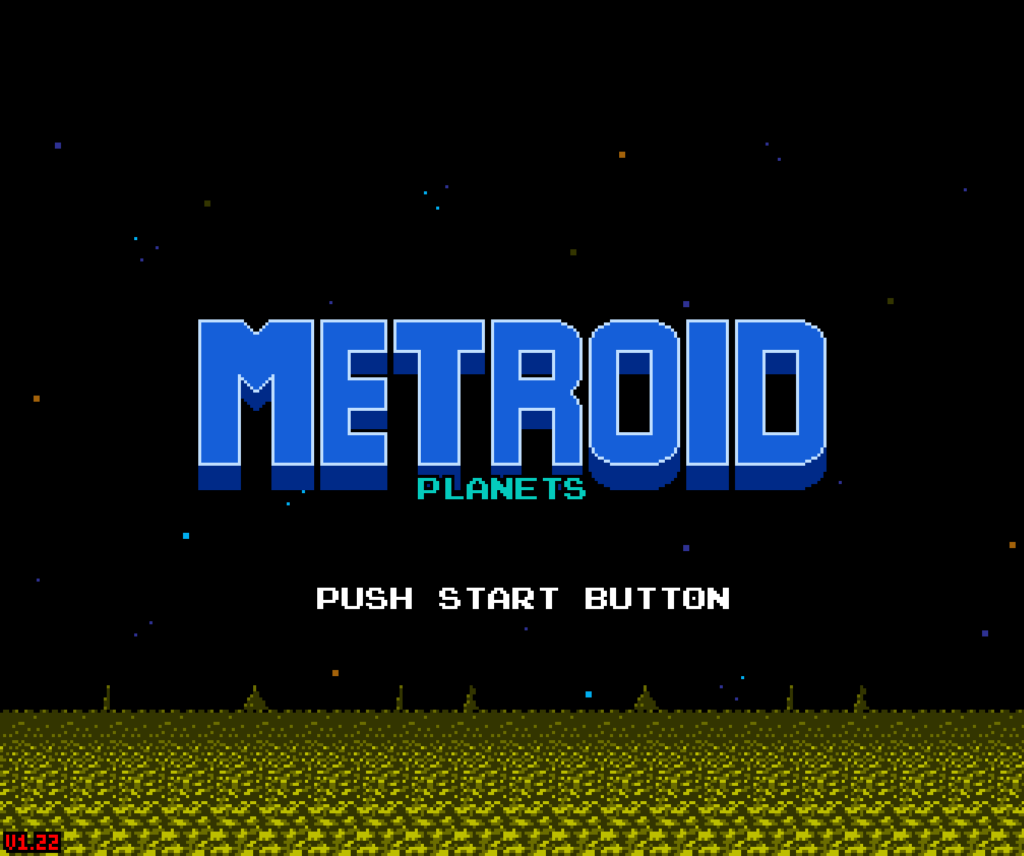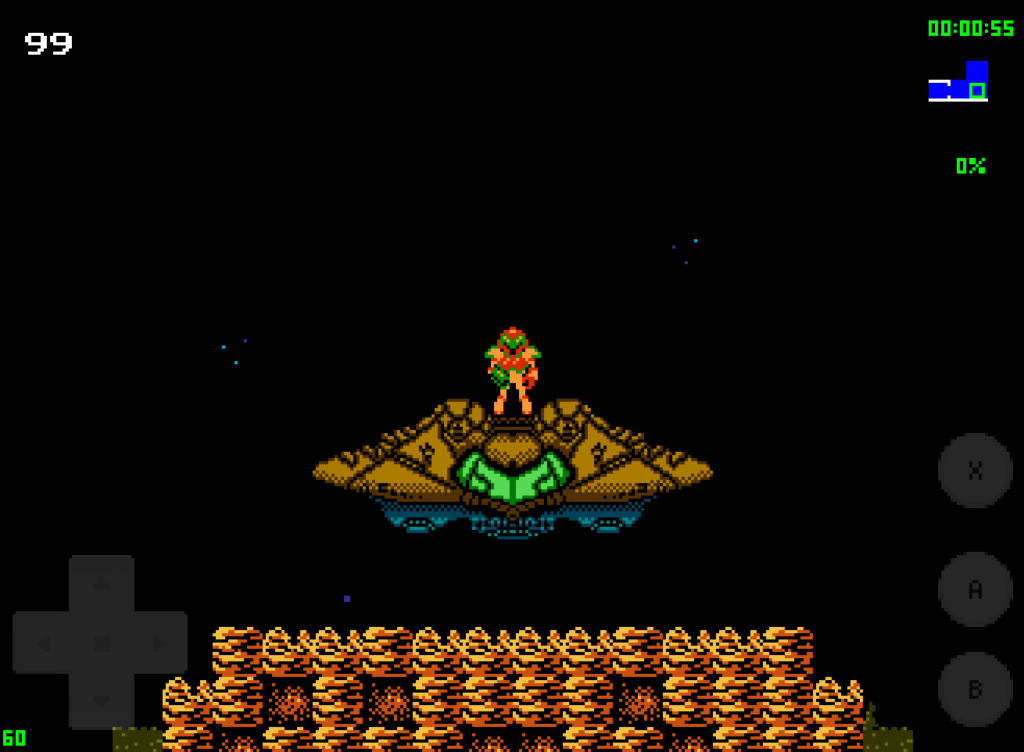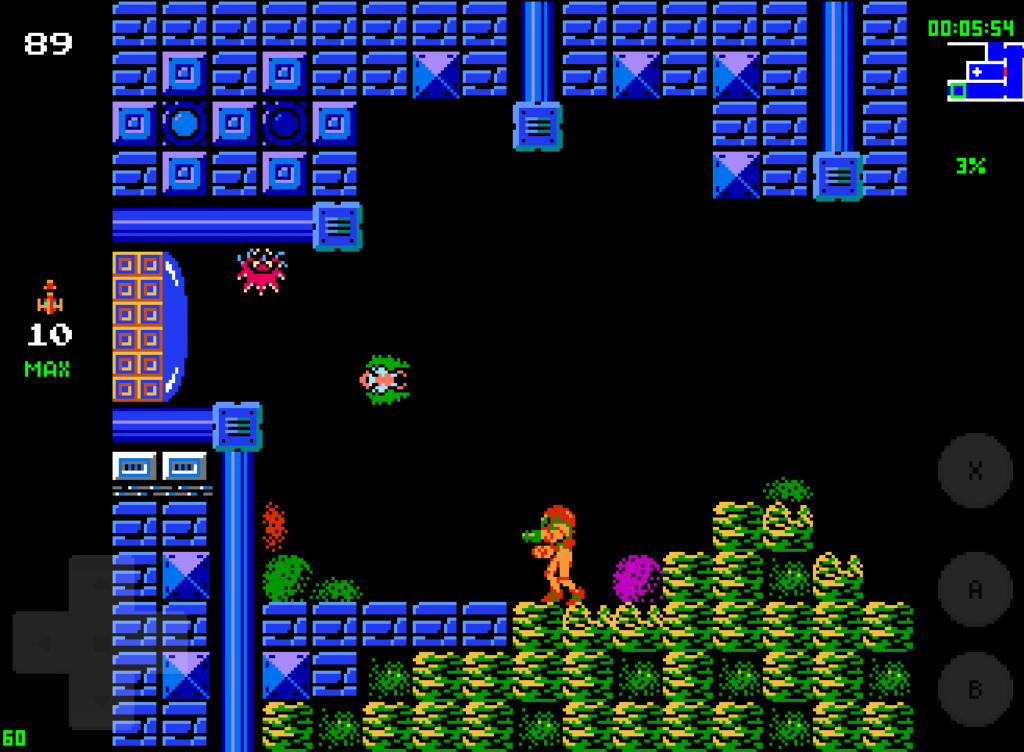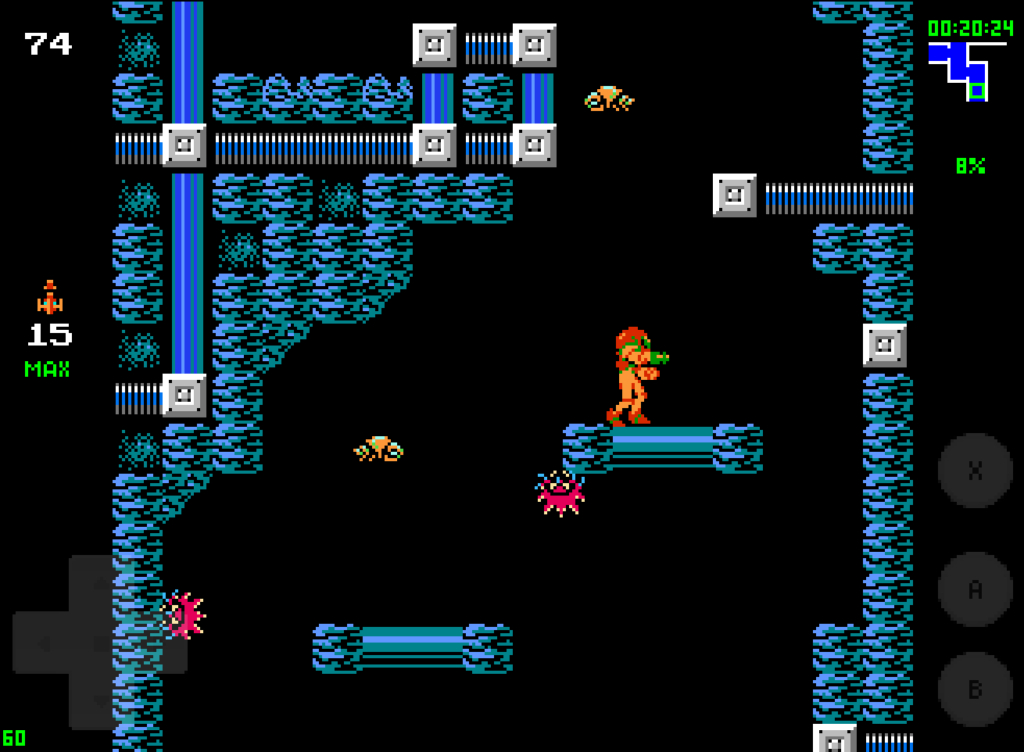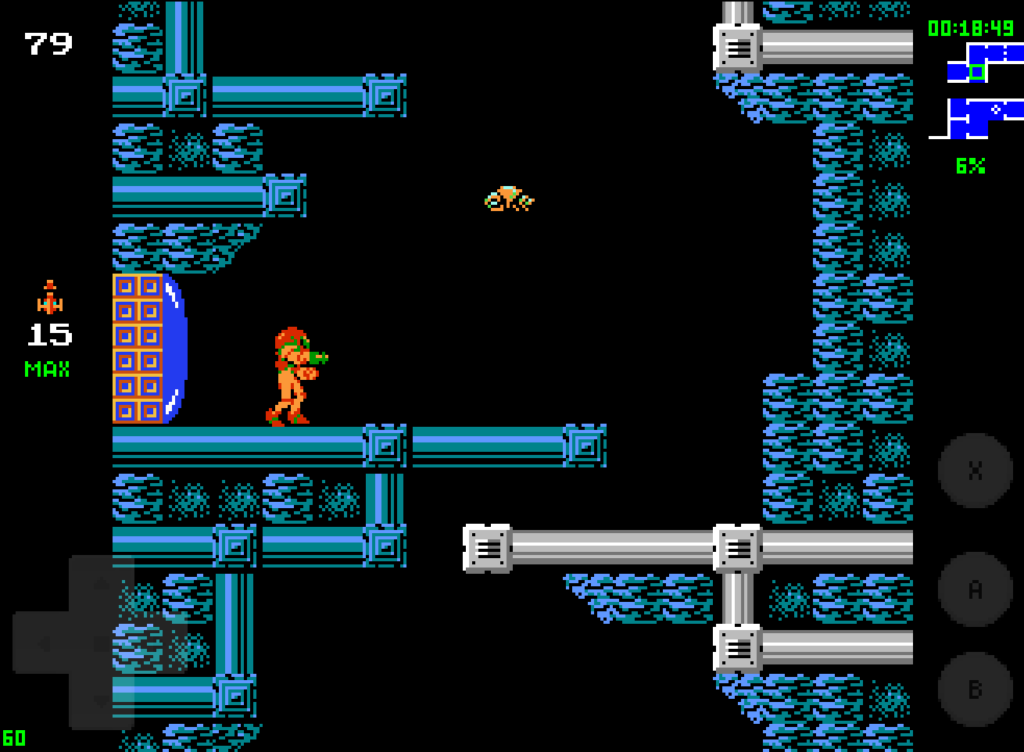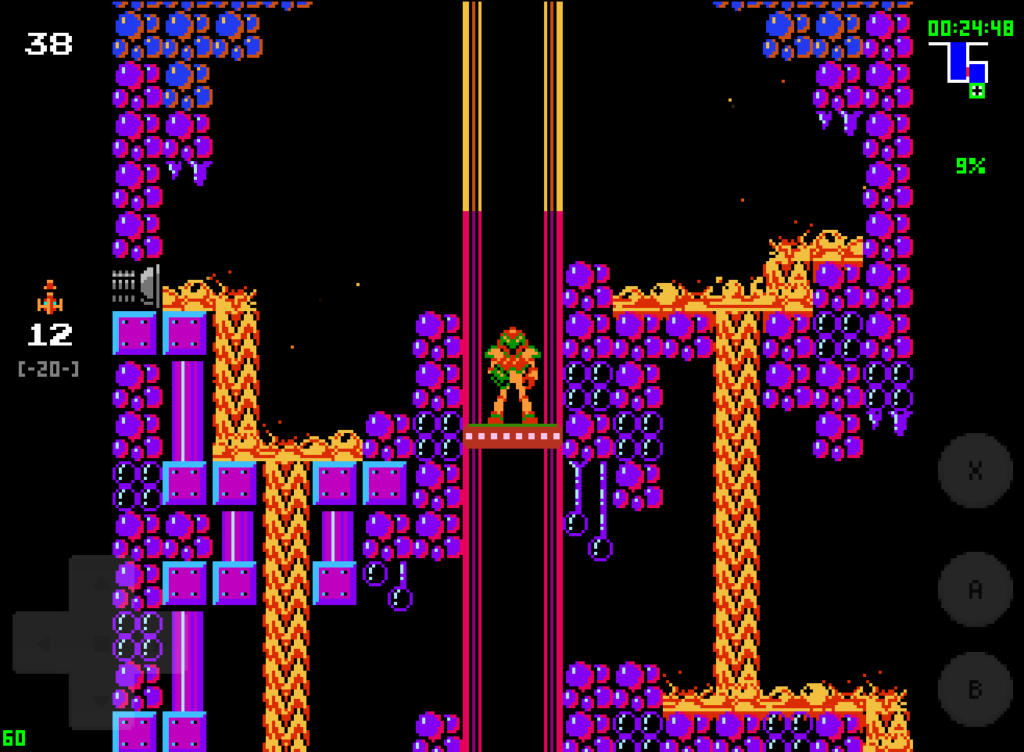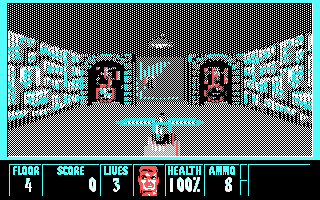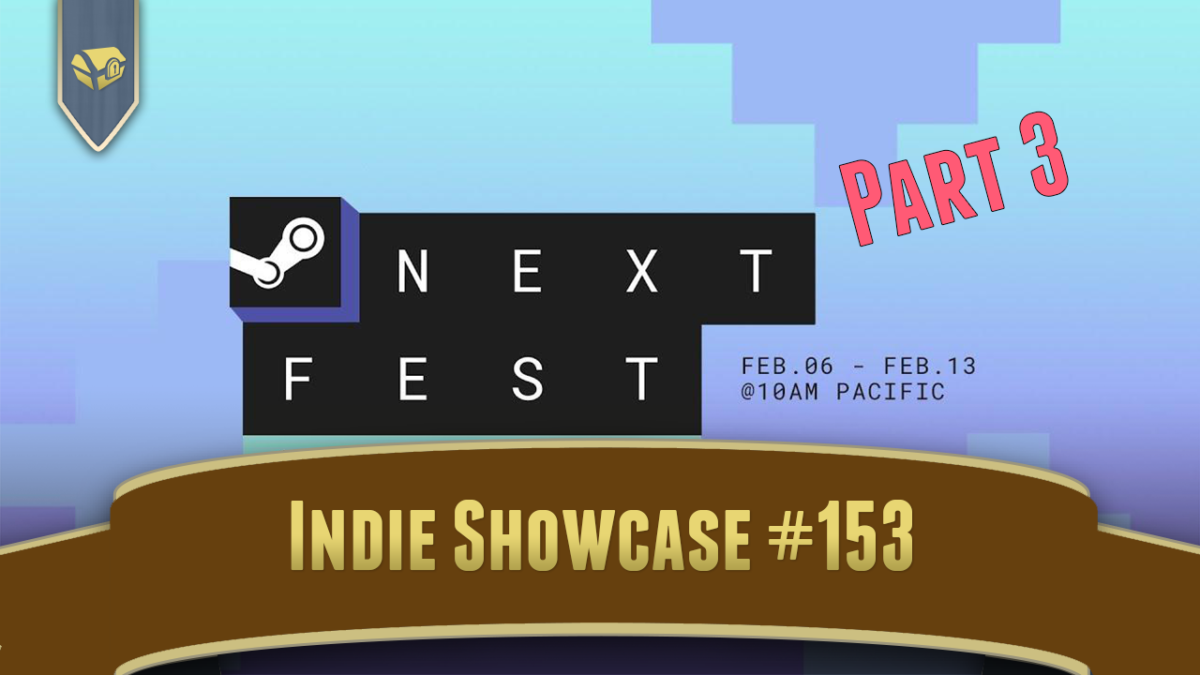The SuperGrafx is a failed system that had only five games, only three of which seem to be worth playing. The Sharp X68000 series of high-end personal computers, which were only released in Japan, on the other hand, is probably the popular gaming system Westerners have heard the least about.
As I said yesterday, the X68000 cost three grand, and that was just for the base system. If you thought the NeoGeo was expensive, hah. It’s price was justified in that it was a computer, indeed a workstation, and had a variety of software other than games. But it did still have a lot of games, including some of the best arcade conversions, including excellent ports of Rygar, After Burner, Strider, Final Fight, Street Fighter II and Detana! Twinbee, and a well-remembered recreation of the original Castlevania up to then-current aural and visual ideals. The X68000 even got conversions of Atari arcade games like Marble Madness, and even KLAX, that would I would have loved to have played back then.
The X68000 also worked a lot like a MS-DOS machine from the time. It ran mostly HUMAN68K as its OS, a DOS clone made by HudsonSoft, although it also had windowing OSes. Despite how it seemed in use though, it used Motorola 680X0-family processors, like original iteration of the Macintosh. But while it has a DOS-style OS, it’s a home computer with a dedicated sprite chip!
At times it feels like this blog is a recap of my gaming-related Youtube explorations, but I have no qualms about it when they’re as excellent as the two I have this time. One is a review of the “pro” version system from four years ago, from someone who went and obtained one:
Three years later, RMC returned with a more thorough exploration of a different machine of the line:
And this one is about emulating it, which is probably the closest most of us will ever come to trying out any of its software:

